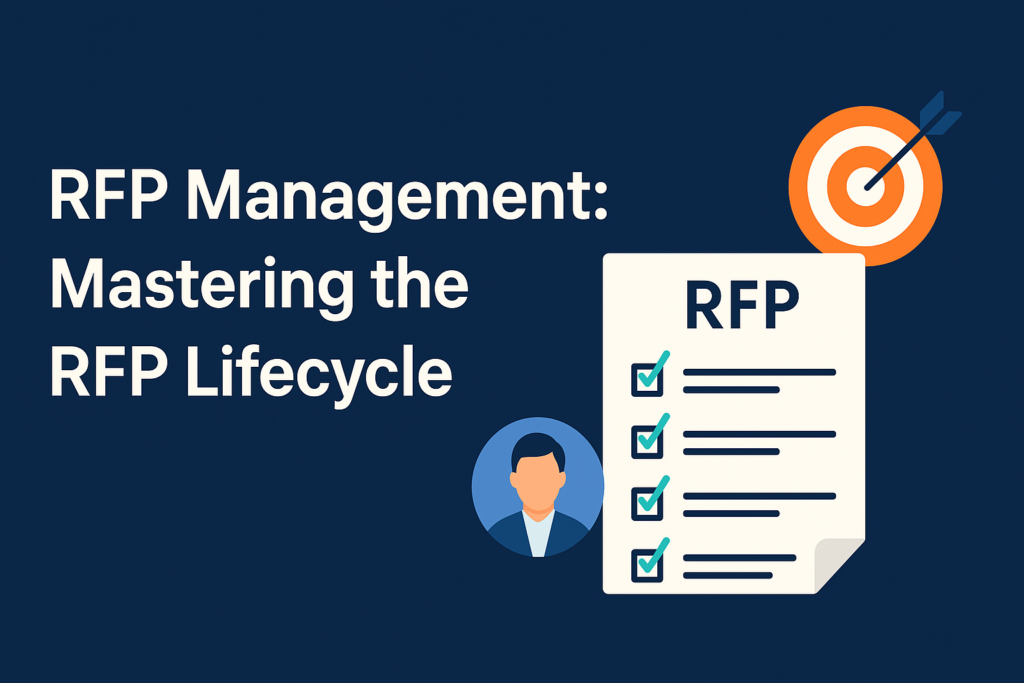In this blog, we will delve into effective proposal writing strategies that can elevate your documents from mere words on paper to compelling narratives that captivate your audience.
The Foundation of Proposal Writing Strategies: Understanding Your Audience and Purpose
Before delving into the intricacies of proposal writing strategies, take a moment to understand your audience and the purpose of your proposal. Tailoring your content to resonate with the values, needs, and expectations of your readers is the cornerstone of successful proposal writing. Clearly define the goals you aim to achieve and ensure your proposal aligns seamlessly with them.
Crafting a Captivating Introduction in Proposal Writing: The Hook Matters
In the world of proposal writing, the first impression is everything. Begin your proposal with a compelling introduction that not only outlines the purpose but also hooks your audience. Whether you opt for a thought-provoking question, a relevant quote, or a gripping anecdote, make sure your introduction sets the stage for the reader’s engagement.
Proposal Writing Strategies 101: Clarity is King
The heart of any proposal lies in its clarity. Avoid jargon and convoluted sentences that might confuse your readers. Clearly articulate your ideas, ensuring that each section flows seamlessly into the next. Use headings, bullet points, and visuals judiciously to enhance readability and comprehension in proposal writing.
Showcasing Your Expertise: Highlighting Credentials and Experience
Establishing credibility is one of the core proposal writing strategies. Clearly communicate your qualifications, expertise, and past successes. Whether it’s showcasing a track record of completed projects or highlighting key team members’ achievements, instill confidence in your readers that you are the right choice for the proposal.
The Art of Persuasion: Building a Compelling Argument
A persuasive proposal builds a compelling argument in favor of your ideas. Use data, case studies, and testimonials to support your claims. Craft a narrative that not only presents the problem at hand but also positions your proposal as the optimal solution.
Budgeting: A Critical Component
No proposal is complete without a detailed and realistic budget. Clearly outline the financial aspects of your proposal, providing a breakdown of costs and demonstrating a thorough understanding of resource allocation. A well-constructed budget not only adds credibility but also showcases your meticulous planning in proposal writing.
Review and Revise: Fine-Tuning for Perfection
The journey of proposal writing doesn’t end with the final period. Regularly review and revise your document, seeking feedback from peers or mentors. A fresh set of eyes can identify areas for improvement and ensure your proposal is polished to perfection.
The Power of Visuals in Proposal Writing Strategies: Enhancing Impact
In the digital age, visuals are a powerful tool in proposal writing. Integrate graphs, charts, and images strategically to complement your text. Visual elements not only break the monotony but also enhance the overall impact of your proposal.
Conclusion: Mastering the Art of Proposal Writing Strategies
In conclusion, proposal writing is a skill that can open doors to countless opportunities. By understanding your audience, crafting a captivating introduction, prioritizing clarity, showcasing expertise, building a compelling argument, addressing budgetary concerns, reviewing and revising, and leveraging the power of visuals in proposal writing, you can master the art of proposal writing. Remember, a well-written proposal is not just a document; it’s a persuasive narrative that has the potential to shape the future.




